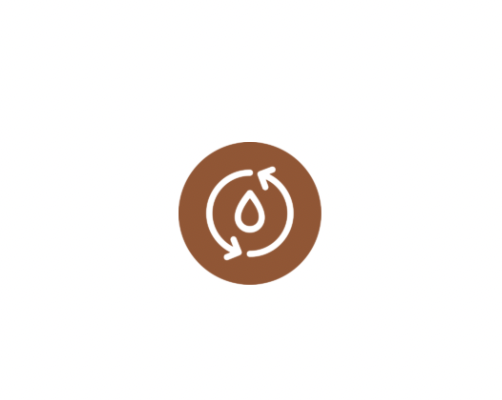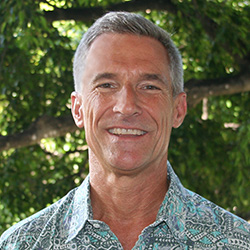SPONSOR:
National Institute for Water Resources, Water Resources Research Institute Program
PROJECT PERIOD:
03/01/2015-02/29/2017
ABSTRACT:
Water-limited "island" communities face mounting demands on water supply such as increased consumption, lower rainfall, decreased groundwater recharge, and redirection of rainfall over natural watersheds - all of which stress pre-existing ground supply of potable water. Of the many options in Hawaii - e.g., conservation, watershed repair, rainwater capture - the most obvious but least employed is the recycling of treated wastewater. This is both unfortunate and unwise; approximately 100 million gallons per day of water pass through Hawaii's wastewater treatment plants prior to discharge into the ocean. There are also at least 100,000 cesspools in Hawaii, most if not all of which are designed to discharge their water without reuse. There are multiple significant barriers to water reuse. The first is biological; unless treated and handled properly the use of recycled wastewater can transmit sewage-borne bacterial and viral pathogens. Micropollutants also represent an emerging threat to water reuse. Although currently unregulated, there are increasing concerns that the EPA will eventually impose regulations. Given that the EPA's initial list targets hundreds of compounds at levels (parts per million or billion) that are costly to measure, their potential regulation poses significant obstacles to water reuse. Although technologies exist to treat wastewater to any degree of desired purification, the majority are cost prohibitive and thermodynamically unsustainable from an energy or materials consumption perspective. Ground water is also comparatively inexpensive (however irrational) and a politically difficult commodity to impose excise taxes that would encourage its conservation and replacement with more expensive reuse water.
The second barrier is psychological; treated wastewater, especially domestic sewage, is perceived as "dirty" and guaranteed to deliver harmful pathogens, pharmaceuticals, and foul odors. Most consumers believe sewage-derived water cannot be treated to the same purity as ground water regardless of the technology applied. Instead, they will purchase, at high cost, water derived from sources perceived to be clean such as deep ocean, glaciers, high mountain rivers, or even anything bottled. Reuse for horticultural or energy crop growth is therefore the only viable alternative.
The third important barrier is capital costs. On Oahu the most abundant source of recycled treated wastewater is potable (R1) water produced at the Honouliuli wastewater treatment plant. Despite an abundance of logical consumers such as golf courses, and shrinking aquifers, government subsidies are still required to make this resource cost competitive relative to ground water. Also, the main technologies used to produce potable water - e.g. aerated activated sludge beds and membrane reactors - remove valuable macronutrients through the production of biomass or filtration. This also lowers the commercial value of the treated water. It is increasingly obvious that the expectation is to have large and massive centralized wastewater treatment facilities upgraded to degrade these emerging micropollutants, and in the process produce reuse water of sufficient quality.
To address these barriers this work proposes to investigate the ability of biofilm based anaerobic-aerobic column reactors to significantly reduce concentrations of micropollutants and pathogens, as well as dissolved organics and suspended solids, prior to disinfection and advanced oxidation unit operations. Results from our work are expected to show that application of low-energy, low-chemical, anaerobic-aerobic biofilm reactors linked to downstream unit operations employing disinfection (i.e. UV irradiation) and advanced oxidation processes (i.e. UV plus H2O2) can cost-effectively produce resuse water devoid of these emerging pollutants. The ability to produce reuse water through low-energy, low-chemical wastewater treatment technologies is of great value. Long-term benefits include the development of cost effective wastewater treatment systems that can be used to treat wastewater at its point of production. Such systems will ultimately enable small and medium size businesses to install wastewater treatment systems and become, in the process, private producers of reuse water and biogas energy. These systems will also support the integration of wastewater treatment into regions and communities that have no access or capacity to build large centralized wastewater treatment systems.
PRINCIPAL INVESTIGATOR


